The chocolatier´s blog #5: From the grain of cocoa to chocolate
The transformation of cocoa beans into chocolate is a long process, but it turns out to be little complex, which comprises three stages.
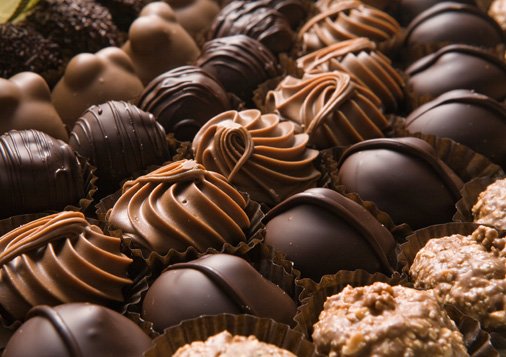
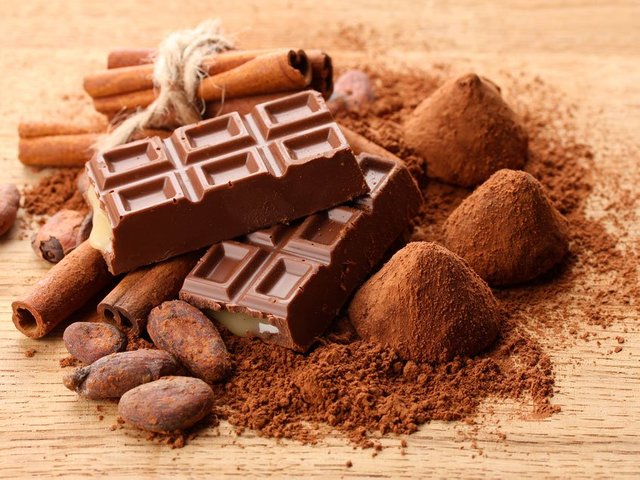
1. Performed by cocoa producers at the place of production, basically comprises fermentation and drying.
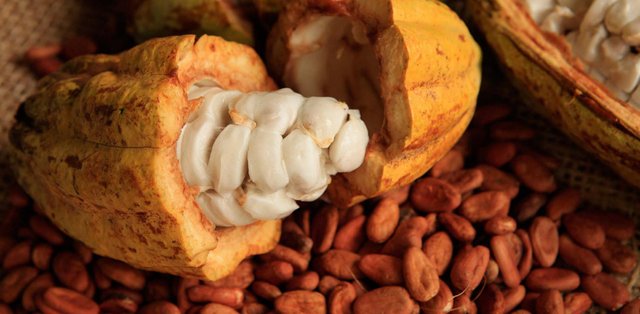
The cocoa pods are peeled, breaking them to release the grains covered with a white pulp (mucilage) that undergo fermentation. The white pulp is sown with yeasts present in the air. These ferments, which raise the temperature to 45-50 ° C in two days, liquefy the pulp in the fermentation boxes. At the beginning, the fermentation is anaerobic, in the absence of oxygen, that is, alcoholic fermentation. Once the pulp has disappeared, the air can circulate thanks to the agitations.
Fermentation becomes acetic. This transformation makes the cellular walls of the grain permeable, which involves chemical reactions among its components. The enzymes act on the proteins, generating the precursors of the aromas. The others act on certain polyphenols, causing the appearance of compounds that, when oxidized, give a brown color to the grain, also decreasing the bitterness and astringency, natural of the grains. The process lasts about three days for the Criollo cacao and five to seven days for the other cacao varieties.
After fermentation, the grains are subjected to drying, to reduce their moisture content, from 60% to 8% or less. This ensures optimal conservation in storage and transport. For this purpose, natural drying techniques (in the sun) or artificial drying (with mechanical dryers) are used. A good drying prevents the formation of fungi, which alter the cocoa butter and prevents over-fermentation. The dry grains are then selected and sorted, bagged (in jute bags) and stored (in dry and ventilated places).
2. It is called primary processing or grinding. This stage aims to obtain cocoa liquor paste, cocoa butter and cocoa powder.
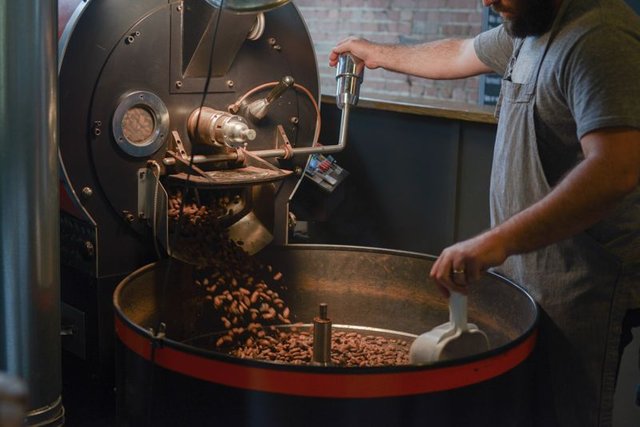
The beans are cleaned, freed of the impurities, and then dried by an infrared procedure to separate the skin and eliminate the germ. Once cooled, the grains are crushed into large pieces called nibs and separated into winders. The fragments obtained are roasted between 120 ° C and 140 ° C and between 20 and 40 minutes. The duration and degree of roasting or roasting depend on the origin of the grains and the desired final product. Roasting aims to develop the preformed aromas in the fermentation, eliminate the last volatile acids, reduce the water content (from 8% to 2%) and decrease the bacterial population. Then comes the grinding of the nibs to obtain the paste, dough or cocoa liquor. The pressing is then carried out to obtain a liquid part and a solid part. The liquid part is the cocoa butter, which will be deodorized, filtered and molded to obtain blocks after its solidification. The solid part is the cocoa cake, containing between 8% or 20% butter. The cake is crushed and ground to obtain the cocoa powder.
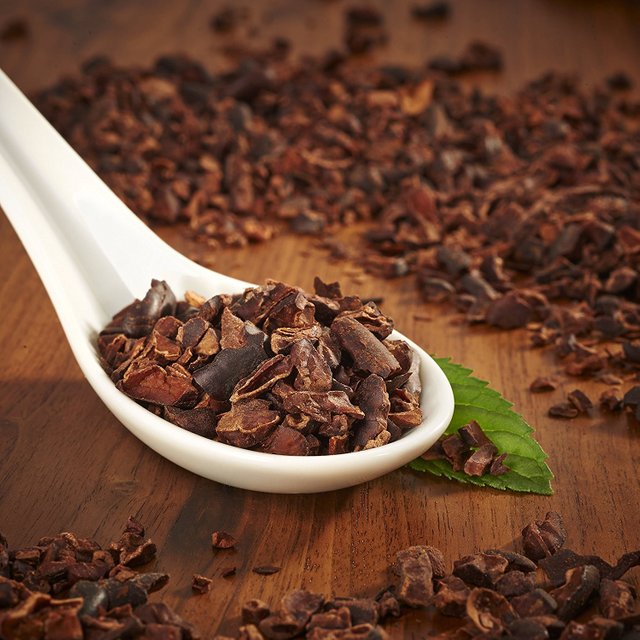
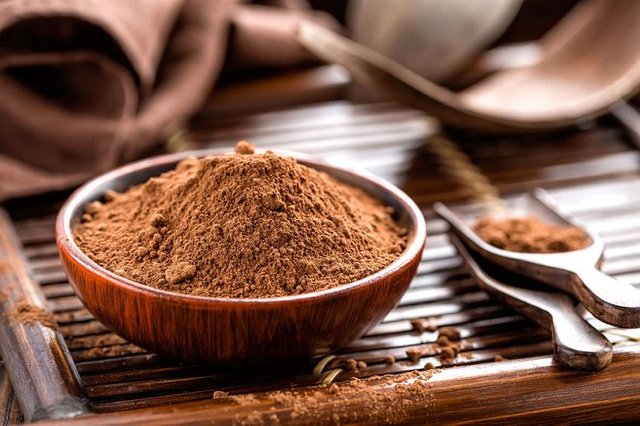
3. It consists of the actual elaboration of chocolate, and it is fulfilled in the chocolate industry or in the workshop of the chocolate artisan.
In this stage the first action is that of mixing or kneading, which consists of mixing the ingredients of the desired chocolate to obtain a homogeneous paste. A mixture of cocoa paste of different origins is mixed in a trough (the good chocolate is the result as the wine, of subtle mixtures), with sugar and vanilla (or vanillin, for ordinary chocolates). Powdered milk is added; if you want to make milk chocolate. So that this paste is well smooth and without perceptible granules to the palate, it proceeds to its lamination in a grinder with cylinders. This reduces the size of the particles of cocoa and sugar to less than 30 microns, and the components, dry matter and fats are intimately bound together.
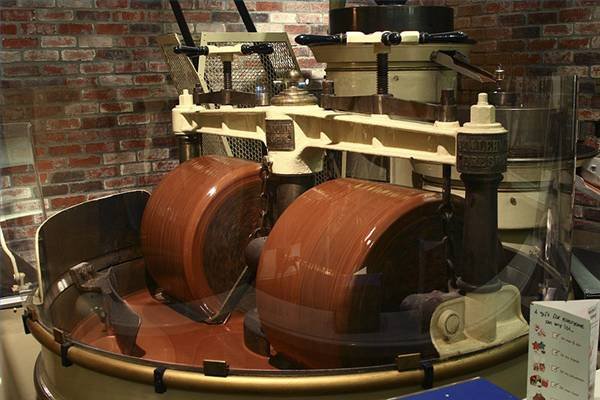
Then comes the conching, so that the paste loses its acidity and a part of the last traces of humidity. The conching takes place in two parts. The first is the dry conching, which uses the maximum friction between the cocoa particles and the sugar crystals to polish their protruding angles. The second is the liquid conch, in which cocoa butter is added. Finally, a natural emulsifier, soy lecithin, is incorporated to better liquefy and homogenize the mixture. In the conching, the pasta, maintained at a temperature between 60 and 80 ° C, is stirred and smoothed in large cavas for several hours, or even days. Thus, the paste acquires a firmness that will give the chocolate a softness and creaminess appropriate for the human palate. Next comes the tempering, in which the chocolate is heated to make it go from the liquid state to the solid state. This increase in temperature favors the stable crystallization of cocoa butter. In this way, a homogeneous, grain-free chocolate with a bright appearance is obtained, which allows better conservation. In some cases, an additional mixture (which is optional according to the type of chocolate you want to produce) is made with hazelnuts, walnuts, almonds, raisins, candied fruits, cereals, etc.
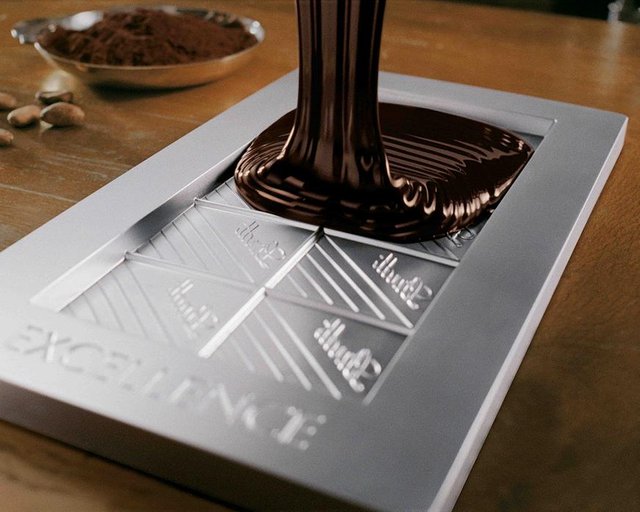
Finally, the molding is carried out. The chocolate is poured into metal molds (to give the shape of bars, tablets, balls, etc.) placed on vibrating tables to evenly distribute the paste and suppress the air balls. These molds then pass through cooling tunnels (between 3 ° C and -12 ° C): the chocolate shrinks and crystallizes. Then comes the demolding and the product packaging.
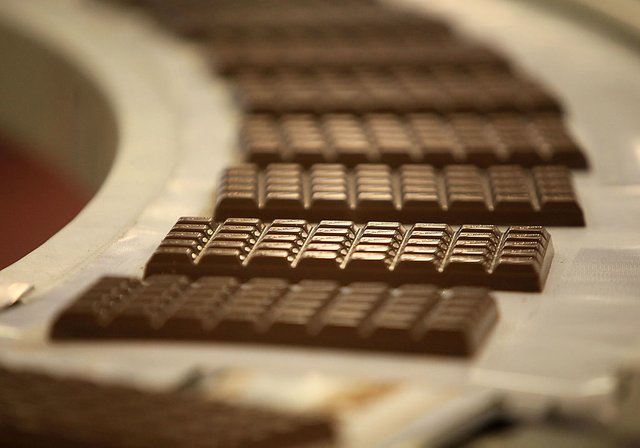
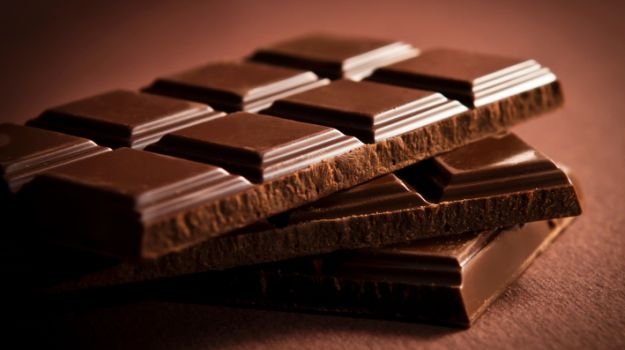
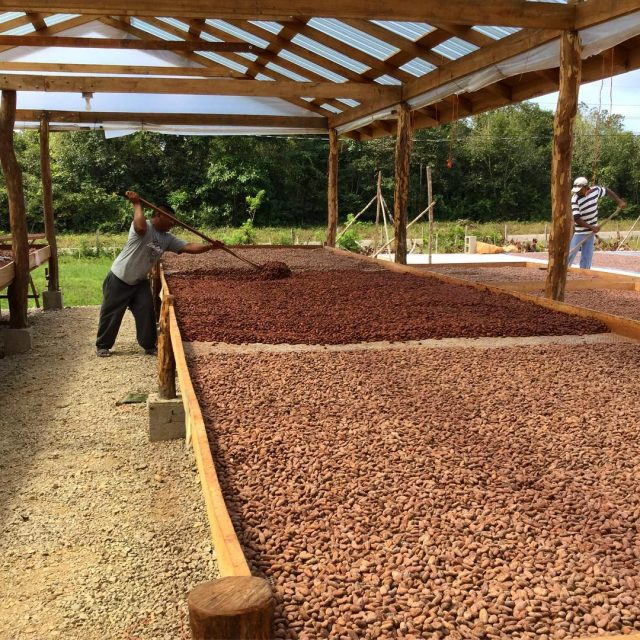
Chocolate. One of my favorite topics.
Is chocolate always made with soy lecithin? Curious if non-commercial, chocolatiers prefer more naturally derived lecithin, like egg or honey. I really like your posts by the way. Reminds me of the Willy Wonka movie.
@alchemage has voted on behalf of @minnowpond.
If you would like to recieve upvotes from minnowponds team on all your posts, simply FOLLOW @minnowpond.